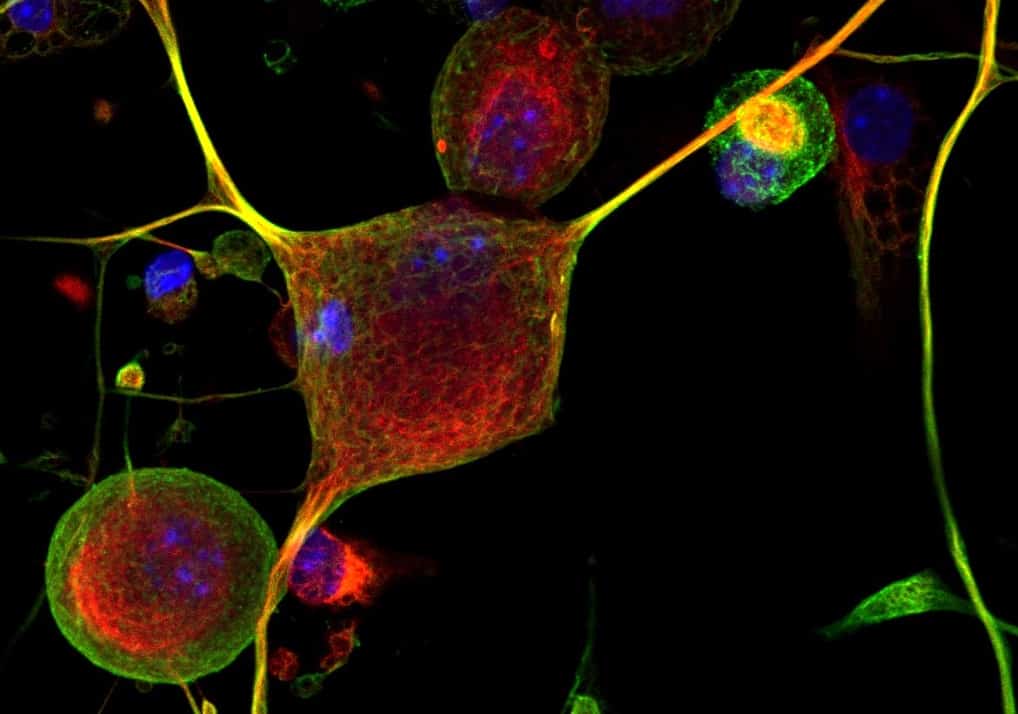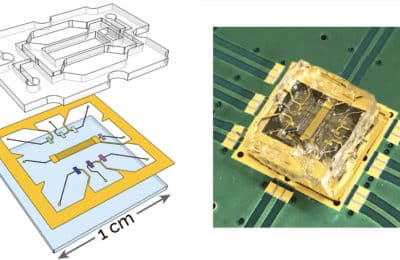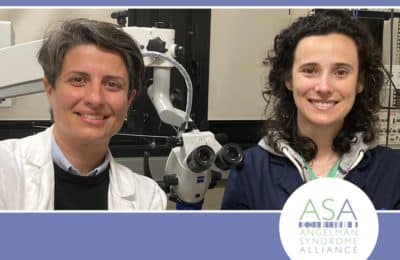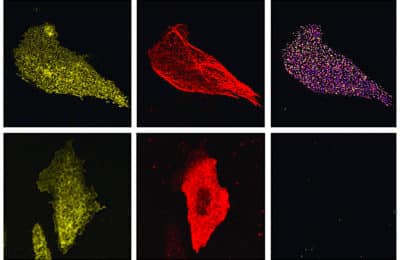The discovery of the so-called Piezo channels earned biologist Ardem Parapoutian the Nobel Prize in Medicine 2021. These molecules are responsible for the perception of mechanical stimuli, but how exactly? The Touch on a Chip (ToaC) project aims at finding this out. ToaC will investigate the expression and distribution of these proteins through a chip that will help recreating physiological conditions. The project is funded by the Italian Ministry for Research and University as one of the Projects of Relevant National Interest (PRIN) with a contribution of 640,000€ and will last three years. ToaC is coordinated by SISSA, where it was launched last week, in partnership with two Institutes of the National Research Council, the Institute Officina dei Materiali (Cnr Iom) in Trieste and the Institute Nanoscience (Cnr Nano) in Pisa, and the University of Firenze.
Even the simplest animals can recognize and react to touch. This is often because they express Piezo channels, the key element in the transduction of mechanical stimuli. These proteins are also involved in our detection of painful stimuli, as well as in the regulation of breathing, cell division and tumour progression. Their malfunctioning has been associated to several pathological conditions, from migraine to chronic pain.
However, very little is known about the whole process of mechanical transduction in physiological conditions. The PRIN project Touch on a Chip (ToaC) will develop a device which will allow the researchers to apply localized stimulation through atomic force microscopes to neurons involved in mechanical transduction, to see what determines the expression and distribution of Piezo channels.
“One of the problems of studying these channels in vivo is that they are found at very low levels in nerves, making them difficult to work with. This is the advantage of having a chip – we will know exactly where to look for them,” explains Paul Heppenstall, neurobiologist at SISSA – Scuola Internazionale Superiore di Studi Avanzati and leader of ToaC.
The project also involves the Institute Officina dei Materiali (Cnr Iom), in Trieste, the Institute Nanoscience (Cnr Nano), in Pisa, and the University of Firenze. Moreover, the research activity will count also on two European collaboration: one PhD student will spend a semester at the University of Zurich to measure forces with magnetic tweezers and a second one at the Max Planck Institute for Medical Research in Heidelberg, in the laboratory directed by the Nobel Prize for super resolution microscopy (2014) Stefan Hell.
“One of the first thing we want to understand is the mechanisms that controls the distribution of these channels in the sensory neurons responsible for touch,” Marco Lazzarino of Cnr Iom adds. “This information will be crucial for understanding how these neurons detect painful stimuli and could be useful for developing new analgesics.”
“In Florence we have worked since 2008 with a technique, double laser optical tweezers for which Arthur Ashkin got the Nobel prize in 2018, that allow us to manipulate one molecule at a time, or array of molecules and single cells. With ToaC we will try to measure for the first time the force required to open a single channel, so defining the unit of our force sensitivity,” says Pasquale Bianco from the University of Florence.
The Istituto Nanoscienze will take care of designing and producing the device: “in particular, we will develop a chip that will stimulate neurons through acoustic waves. This device will allow the generation of dynamic and sensory stimuli, thus reproducing in vitro what happens in vivo,” clarifies Ilaria Tonazzini of Cnr Nano.
“The science and the techniques involved in this project have been already awarded with three Nobel prizes in the last 8 years. We are confident that with such brilliant background, ToaC will display brilliant results as well,” the scientists conclude.
[Image credits: Laura Castaldi, Sissa.]



